|
PHOTO: Amanda Moore In how many industries would you question whether you are going to be paid after doing some work?
In architecture and other creative industries this issue seems to be fairly prevalent. Architecture involves expensive costs such as insurances, staffing, administrative fees, software costs, etc, etc. It can be very disheartening when a client says that they will not pay your invoice. But why does this happen? I’ve seen it happen when the client is having a financial dispute with the contractor and they withhold architect fees ahead of the value of any dispute with the contractor. They want to hold onto any money which they may have to give the contractor in a contractual dispute. But how is this fair as the two relationships are separate? They may feel that the client could have avoided the contractor dispute somehow. Sometimes the client’s project funding is in jeopardy, according to the AJ, this is one reason along with projects being held up in the planning process. Other times it is because the client simply doesn’t like the work that you’ve done. Architecture is complex but it doesn’t always look complex. If you ask an architect to produce a design which meets your needs and will get through planning, should you trust their opinion as much as any other professional? I have had a similar experience with public art projects where the commissioner hasn’t set a very defined brief to respond to. You try to produce concept designs which meet their need but all they know is that they don’t like this particular idea and they are not paying until they get an idea they do like. Or they are made up of a panel of people who are all disagreeing about which ideas they like and don’t like. Recently, I’ve also seen clients proposing that you get a fee if you get planning permission. But you can’t guarantee this, just as you can’t guarantee that a particular medical treatment will work or that the value of your pension will go up. General advice appears to be to try and resolve things out of court which only incurs fees. My own view is to take regular stage payments and to stop work if there are non-payment issues.
0 Comments
As an Adobe Creative Cloud user I’ve been very impressed with the new Generative Fill tool within Photoshop. The tool allows you to select an area of your image and remove items with a patched background generated. It also allows you to add items to images and looks to put them in in the correct scale and perspective. I guess that this is an AI tool and AI as a topic seems to have blown up over the last couple of months. As an architect and artist constantly trying to put together photomontages of buildings and artworks in their context, this tool seems incredibly useful. Gone could be the days of removing left over construction items from photos of finished buildings, adding people to mockups of concept designs of buildings or artworks. Even shade seems to be matched in and you can type in quite detailed descriptions of what you are looking for such as ‘people having a summer picnic’. Here is a base image of Herzog and De Meuron’s ‘Stone House’… … and then with ‘people having a summer picnic’ added to one side and then the other. Oddly there are different choices of people with the same search term but different parts of the outdoor space selected, the left and then the right. The faces of the people are also blurred a bit and I have a floating leg on one. About the tool, Adobe say: "Generative Fill—part of the revolutionary and magical new suite of Firefly-powered, generative AI capabilities—is grounded in your innate creativity, enabling you to add, expand, or remove content from your images non-destructively using simple text prompts in over 100 languages. Use this feature to automatically match the perspective, lighting, and style of your image, make previously tedious tasks fun, and achieve realistic results that will surprise, delight, and astound you in seconds. The new content is created in a Generative layer, enabling you to exhaust a myriad of creative possibilities and to reverse the effects when you want, without impacting your original image. Then, you can use the power and precision of Photoshop to take your image to the next level, surpassing even your own expectations." Thankfully, this tool is designed to help image editors rather that replace the creator. But I thought I’d see whether the Generate Fill tool would design an extension for me. I got these three variations for ‘house extension’, selecting the right side of the outside space. I then got something lightweight when asking for ‘glassy house extension’. I then selected the whole right hand side off the building space beyond and got a few other variations for extensions... There are some pretty interesting and impressive results. Some slightly odd things happen with the perspective of elements in you look at the colonnade parts. But there are some interesting design 'thoughts' from the AI tool such as windows aligning with the external wall above.
The tool will continue to improve, I don't believe/hope that AI cannot be used to generate design and take into account all of the information we use such as sun paths, internal room sizes, adjacent views and properties, etc, etc. However, it is certainly a powerful image-making tool and could be worth using to create inspiration images and references for designers. CREDIT: Amanda Moore I’ve been working freelance as a creative for almost 3 years now and some obvious pros and cons have become apparent:
Pro: Making your own Decisions You can decide which projects to work on, when to programme them in and set up your own terms. You might have to take on projects you don’t want to in the beginning but then as you get a bigger client base you can start to choose. For example, if you’re an architect you might not want to design houses, or you might only want to design houses. You can also choose to work with nicer people, and people who pay on time. Con: Finding work You have to find your own work and schedule it in so that you have an even workload. Clients will sometimes hold on projects because of funding when you were banking on that project to pay your bills. You might be too busy at times if too much comes in at the same time. It might be best to start working a consistent number of days for your previous employer on a freelance basis, adding in the one-off projects on top. As an artist you may have to apply for 10 times the number of competitions you want to win and you have to remember if not selected that your work isn’t bad, they were just looking for something different. Pro: Making your own Routine No 9-5 may be the main reason people want to work freelance. You can take your kid out on a Monday and work on a Sunday, you can eat your lunch when you want, you can fit your hobbies in, and chores. You can work where you want, if your kid is sick you can have them at home with you. Con: Having no Routine You need discipline and a calendar to get your tasks done which is hard. You will need to impose a routine. I like to start with an hour of my hobby first thing before my kid is up so that each day starts with some kind of routine. Meetings can be all over the place, and people will think that you are sitting in an office all day and cancel a meeting about to start online when you’ve geared your whole day around it and you could have done something else. Pro: Becoming Entrepreneurial You will be more self-sufficient because you will have multiple clients and hence income streams. You will look out for opportunities but you have to stay in contact with people to hear about them. Con: Loneliness No work friends, no work friends, no work friends. I used to hate being in an open plan office, (25 people asking you every Monday whether you had a nice weekend), but no contact can be depressing, even during COVID times there were a lot of online meetings. You could do some work in a work hub with others in similar fields to have some contact, or work for a client in their office once a week for contact. Listening to podcasts while working or having a lunch break out can help if you work at home. Pro: No cap to your earnings If you work harder you make more money, in theory, rather than working harder hoping someone will give you more of the money they are making. Con: No guaranteed earnings - or benefits. You will need a reasonable emergency fund, ie, an amount of money you can live off until you can find a job if needed which may be 3-6 months. You will need to pay your tax, national insurance, set up a pension or long-term savings. You will need to take care of your own sick pay, holiday pay, software costs, training and a decent chair to sit in. Don’t use a wonky IKEA stool. Calculate a day rate of your previous gross PAYE salary x 30% to cover other benefits like pension, then divide by 220 days. CREDIT: Amanda Moore I spend a lot of time mocking up artist impressions of projects I’m working on. I’m no good at photorealistic images and so a filter which makes them look more like hand sketches saves me the time creating a hand sketch and also doesn’t look like an early 2000s computer game still. The most useful Adobe Photoshop filter I’ve found is the ‘find edges’ one which creates a version of an image which looks like a pencil sketch. When desaturated and overlaid onto the original image, it creates a kind of watercolour effect. Here is an example of an image I did for a commission during the Covid lockdown era for People United. I designed a floor mural which could demarcate social distancing in lockdown times, and in non-lockdown times it would make a public space more interactive. You can see the difference before and after using the filter: CREDIT: Amanda Moore I created the image using a photo of the place and adding in people and the design. I then saved a copy of the layered Photoshop file and flattened the layers. I went to Filter > Find Edges to create the line drawing. I then used Mode > Grayscale to remove the colour, although you could also use the Hue/Saturation settings to just reduce the colouring. CREDIT: Amanda Moore I then copied and pasted this layer onto the original file as the top layer and played with the transparency levels. You may need to cut out bits in places using the wand selection tool if the white background is too much.
The other thing which you could add to de-realise the image further is a watercolour layer. You can find a watercolour image online and copy and paste it into your image file. Desaturate it and then reduce the transparency to around 10% or below and this adds a mottled texture. This filter has allowed me to produce many last-minute artist impressions. CREDIT: Michael Huber Architects You can use softwood plywood to create a finished floor surface. Depending on timber prices, this material can be less expensive than other products such as pre-made timber planks which are specifically made as flooring products. I used plywood in a bedroom and would do it again in other rooms. I wouldn’t install it in a hallway or anywhere with heavy traffic or heavy items being dropped as it will ding and dent. CREDIT: Amanda Moore, installing hardboard insulation, working out the cutting list I started with the subfloor of my 1950s house. You might have a concrete subfloor. I laid a hardboard layer, (the green material), which provides a little insulation, evens out any raised planks to make a flatter surface and is air permeable as I didn’t want to create any condensation issues around my existing subfloor. I removed the skirting boards as the new floor would be higher than the existing laminate which was there. I bought standard 18mm plywood from my local DIY shop which comes in 2440mm x 1220mm standard size. I did a cutting list to try and fit all of the pieces I needed on as few sheets as possible. I wanted squares as the final finish with the grain running in alternate directions and so I divided the width of the room by 3 for the typical square dimension, allowing a few millimetres gap between each plank and 10mm against the wall all the way round. The squares, when laid out onto a sheet of ply, left lots of odd offcuts and so I used CAD software to lay them out as a layer beneath the squares. The squares would be fixed to them to make a more rigid floor a total of 36mm thick. CREDIT: Amanda Moore, floor installed and screw holes filled The small pieces of plywood when cut easily stacked into my car. I countersunk holes in each corner of the top layer of squares and screwed them to the layer below. They were also fully glued and I applied wood glue with a big brush. So essentially, the ply floor is not fixed to the subfloor, it’s a big rigid floor made up of 2 layers of ply sitting on the hardboard layer. The wood tended to have a nice side and then a not so nice side, (knot so nice side), which I laid to the bottom. I then used a high-quality yacht varnish with a satin finish to lacquer the floor, after filling the holes with wood filler in a light colour to match. CREDIT: Amanda Moore, installing mineral wool and supports for cill CREDIT: Amanda Moore, fitting the skirting and cill I bought high density fibreboard skirting which was pre-primed. The hardest part was cutting 45 degree mitre cuts for the corners. The adhesive was applied with a caulking gun and I pressed it against the wall with my feet!
There was a gap left against the sliding door. I added support battens and mineral insulation and then made a cill from Red Sapele timber. I’ve built an oak parquet floor in another room which I’ll put in another blog post and the price comparison is very different. The oak ran me £40 per square metre plus glue and hardboard whereas the ply cost around £10 per square metre but per layer, so £20 per square metre and I got away with cheaper glue than the carpenter’s glue I needed for the oak. The whole thing was also done in a day. It's a pretty simple way to make an attractive floor. CREDIT: Richard Chivers. Gosport Mural, Amanda Moore 2022 Over the last two years I’ve been creating more public artwork using vinyl printing rather than hand paint or applying art traditionally. The process goes like this…design an artwork which is site-specific for the client, (usually local authority), approach a vinyl printing company to survey the site accurately and quote for the work, have them print and install the final work like outdoor wallpaper. I’ve used adhesive wraps for three types of installation:
The advantage of using a vinyl printing subcontractor is speed. I tend to mock up artwork using Adobe Illustrator mostly using vector-based lines and shapes which cuts out concerns over image resolution. I then approach a subcontractor I’ve worked with previously and ask them to measure on site and quote for the work, plus provide a method statement detailing how they will install safely and any product warranties. I’ll often have a sample installed on the site so that we can see how the material will stretch over textures such as brickwork and how easily it is removed. CREDIT: Amanda Moore. Testing vinyl wrap. The project I worked on in collaboration with Studio BAD in Gosport in 2022 involved designing a wrap for a snooker hall building as part of a trail of new art within the town centre. I designed a mural which picked up on Goport’s naval heritage by taking dazzle boat painting patterns and combined this with colours and motifs seen on heritage buildings around the town. All of this was drawn in Adobe Illustrator and sent to Mac Signs based in Southampton who installed the work using a scaffold tower within a week, although this week of labour was spread out around poor weather. CREDIT: Amanda Moore. Eastleigh translucent vinyls In Eastleigh I designed a large set of translucent vinyls which were based on Art Deco patterns seen on an early twentieth century building in the town. These were installed to glazed colonnades and create reflections onto the ground. The prints were cut around the unevenly spaced mullions on site rather than needing to measure each piece of glass. The works were installed to the underside around the town, bird poop not landing on top. CREDIT: Richard Chivers. Southampton Guildhall urban rug. For Southampton’s Guildhall Square an urban rug was formed using coloured squares made from recyclable aluminium. These squares were arranged as pixels forming architectural motifs on the Guildhall building. The texture for floor art is important in terms of guaranteed slip resistance in public areas. These didn’t quite hold up as well with the local skateboarders and they tore at the edges but it worked well as a temporary installation.
CREDIT: Alamy Stock Photo, Office Space 1999 Whilst working in the construction industry as an architect, I always had an additional side-income as a freelance artist. This meant that I had the comfort of a full-time income whilst gaining experience in applying for freelance commissions, winning them, carrying out the work independently and doing my own billing and accounts. My freelance work meant that there was no cap on my overall salary as I could earn extra income freelancing.
But how do you know whether it is a good idea to quite the 9-to-5 and go fully freelance? My main reasons were:
But when do you know that you are ready to go freelance full-time? For me it was when:
And some of the steps I took were:
Since working freelance the benefits have outweighed any negatives. For many people, (those inputting information into a computer whether it be words, numbers or 3D information), work can be done flexibly and from home or a small office/studio. I’ve experienced a range of lifestyle changes since working from home:
Overall I would say that if you want more flexibility in life or other improved conditions, you may want to chat to your employer first. However, if there is no movement or compromise, you may want to try freelance work - as long as you’ve built up a safety net. I never want to go back... This post, written in collaboration with Studio BAD Architects, explores reasons to work towards a more frugal architecture. Four design case study projects will follow, in separate posts, covering a variety of sectors in order to interrogate the credibility of a rebalance between the amount of construction and end user ‘benefit’.Bedford Place, Southampton, 2020. Collaboration with Studio BAD Architects to reactivate a newly pedestrianised road. Photo Credit: Hatch Studios. It has been long-established in human society that growth is innately linked to progress. It may be a natural urge within us to grow and produce.
Rising GDP is linked to growth and political success. However, it is also being linked to rising environmental impact in terms of increased materials and energy needed to produce and use goods. Should we scrap using GDP as a measure of success in favour of a happiness index, (www.world happiness.report), if we really feel the need to rank ourselves against other countries? De-growth is an economic theory born in the 1970s which looks at the merits of shrinking economies and saving the earth’s resources. There is good reason to fear de-growth, being able to pay for public services through taxation for example. Should we reduce production and growth and hence our working hours? Or, can we have the same amount of a greener-growth? If we need financial growth to pay for services, can there be a reduction in some less beneficial sectors such as carbon-intensive food production including meats, cheap fashion and other cheap products and new-build construction? Could we see an increase in other sectors such as skills and education, leisure, health, public transport and other services which are less carbon-intensive by nature and may provide more satisfaction and enjoyment to end-users. In architecture, should there be a post-growth movement? Architects Declare notes a pledge to ‘Upgrade existing buildings for extended use as a more carbon efficient alternative to demolition and new build whenever there is a viable choice’. This architecture wouldn’t serve to start with maximising building on a site for profit, but look to re-use existing buildings and sites for maximum gain and enjoyment to end users. Should this idea be part of the RIBA and ARB’s ethics codes? Within the various large practices I’ve worked for, projects mainly focused on maximising the amount of building on a site in order for the client to afford the construction costs and make a profit, particularly if expensive demolition and foundations were involved. Production to afford production. More construction is seen as the only ‘viable’ choice by many developers. Architects may start with a smaller budget project and then encourage their client to go for a much larger one. This in part ensures a steady stream of fees, a bird in the hand is better than a hundred competitions in the bush. Charging based on a percentage of construction value rather than man-hours used can encourage architects to push clients to go for more construction. Taking on bigger and bigger-costed projects with the greater indemnity insurance and staffing requirements that can entail can then result in practices having to continually power up and up like a pyramid scheme, working to keep a bloating practice afloat. More time should be spent on the feasibility stages of built environment projects to determine the actual needs of the local community and do the building work actually required, then determining the lowest embodied and operational carbon options. This feasibility service by architects should always be paid for by clients, not given by architects in the hope of winning/creating a lucrative and prestigious project to work on at the end. A friend who isn’t an architect once asked me, ‘haven’t architects built all the buildings?’ which seemed like a naive comment at the time. In actuality, there ARE a lot of buildings, and refurbishment and reuse could have been employed on most of the large projects I have worked on in practice before starting work as a freelancer, bar railway infrastructure projects. Nowadays, most of the projects I work on are light-touch public space projects, installing artworks and outdoor furniture to activate underused spaces. Many are refurbishments, particularly for church buildings which require adjustments for custodians to carry out community-serving activities. Refurbishment has been forced onto many Christian churches who are trapped within their large, beautiful, historic listed buildings which are difficult to heat in the UK winters. Light-touch approaches over demolition are the only viable ones such as partitioning parts of the building which can be more efficiently heated, or using buildings seasonally. Going in with large and expensive technology such as air source heat pumps may also not be the best solution for older, less airtight and insulated building stock and may not solve the carbon problem when there is no wind or sun to run them in winter. At Studio BAD we work as a network of disciplines including design, building physics, building services, planning, costing and delivery/material sourcing from the outset to evaluate and test the best options in terms of cost, community benefit and environmental impact. Materials should also be specified in relation to the lifespan of the building or it’s intended use, ie; is carbon-intensive concrete required for a new building or refurbishment which may only be used for 10 years, is a client willing to use materials which are less carbon-intensive but require more maintenance? Do buildings have to be made of the most robust/static and maintenance-free materials to retain their financial value to a client? So, what are architects offering clients and the community and what could they offer with frugality being given priority in their design processes? Can they still add value? Can this value be credibly measured by social and community impact? If it is still financial value to the landowner, should architects be paid in relation to how much money they actually save the client rather than spend in terms of the amount of building work which needs to be done? In my previous sculptural work I was often interested in making objects which were a mixture of man-made forms and natural forms, exploring how these two types of thing fit and relate.
Exploring coastal areas near to me, and looking to find objects to help to start future sculptural works, I came across many items which at first looked natural but turned out to be man-made. These included lumps which looked like rocks, but were a lot lighter, rubbery lumps, hardened polystyrene chunks, bits of rope starting to roll into small pebble shapes and fishing net fragments with shells and sea weed attached, bound together with plastic. The franken-rocks made up of many items and bound with melted plastic are apparently called 'plastiglomerates'. They are a marker of human pollution and have almost become a kind of modern geological formation, in faster time. The fishing gear fragments I found include melted plastics and formed a habitat for organic creatures as small shells and seaweed have grown into them. But how will these plastiglomerate 'rocks' weather over time? Can they act as a geological record of what is described as the Anthropocene Epoch, the period of Earth's history when human activity had a major impact on climate and ecosystems? Or will they break down or be utilised by living creatures? Can they return back to an oil and release all of their small elements? CREDIT: Image: Drawing of Southampton Guildhall Square Summer Lounge with urban rug artwork, Amanda Moore Recently I have had the opportunity to work on urban activation projects in collaboration with Studio B.A.D Architects. These projects are focussed on bringing more people into town centres which have been struggling to compete with online retail growth and have then subsequently been hit by a series of COVID-19 lockdowns. These activation projects aim to offer people experiences as an attractor to the High Street in the form of public art, street performance, music, hospitality and leisure. Many involve repurposing the built environment rather than building additional large-scale elements. Interventions are often lightweight to include; repainting, murals, window vinyls, furniture insertions, re-cladding building, altering building layouts, temporary/moveable/reusable structures ... etc. This led me to question why it is that within traditional architectural practice, the starting point for typical new projects often involves a feasibility study to determine how much more building can fit onto a site rather than robustly testing lightweight approaches such as alterations to existing buildings or even use of off-site existing buildings or homes where some functions could be more remote. The conclusion may still be to build more, or different, buildings. Is it because of the way in which the standard architectural fee structure is set up? This is usually based on a percentage of the project construction value. Often architects do not charge for early feasibility work when this is actually providing a valuable architectural service to the client. The goal seems to be to 'get a building'. CREDIT: Image: Nomadic Allotments, Union Street Orchard, London, something removed but not replaced. But should the client firstly be advised as to what they could achieve without more heavyweight building? Not building something is the most carbon-friendly approach to design in times where there is suddenly a renewed interest in the climate emergency, now that we are experiencing nature's fightback in the form of more frequent extreme weather events.
Would working more regularly on a time charge basis, (with some lump sum guidance for each work stage), change the way in which lightweight approaches are considered as architects are often instrumental in the client defining their brief? Architects have much more to offer than just planning and detailing new buildings. They also have an ability to analyse and critique existing spaces, current uses and have an objective view on ethical approaches to projects... |
AuthorWhat am I doing here? I'm collecting sea water to fill 1,000 bottles and hang them from a scaffold inside an old ruin. Why? Why not? Archives
December 2023
Categories
All
|
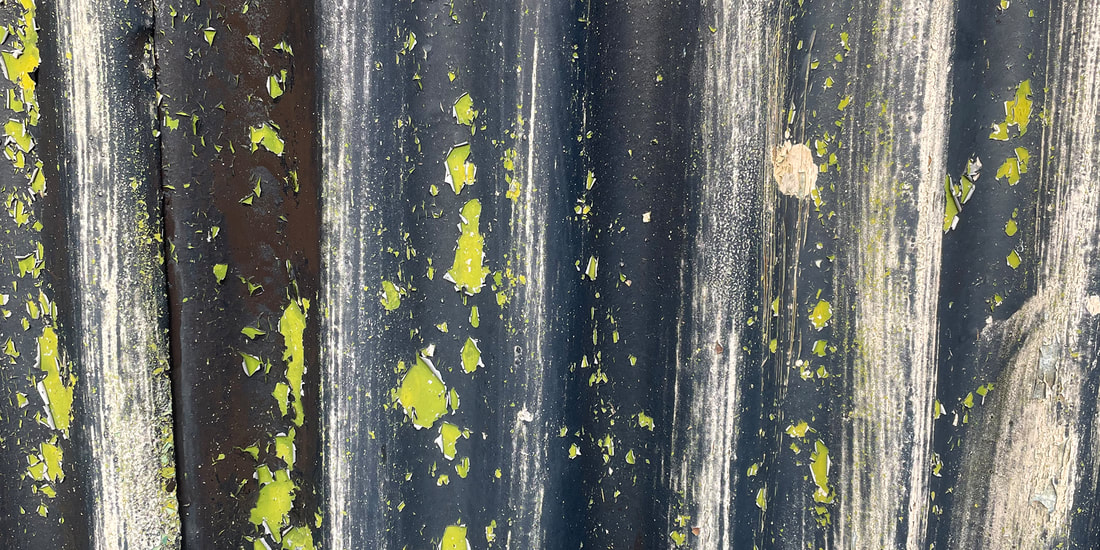
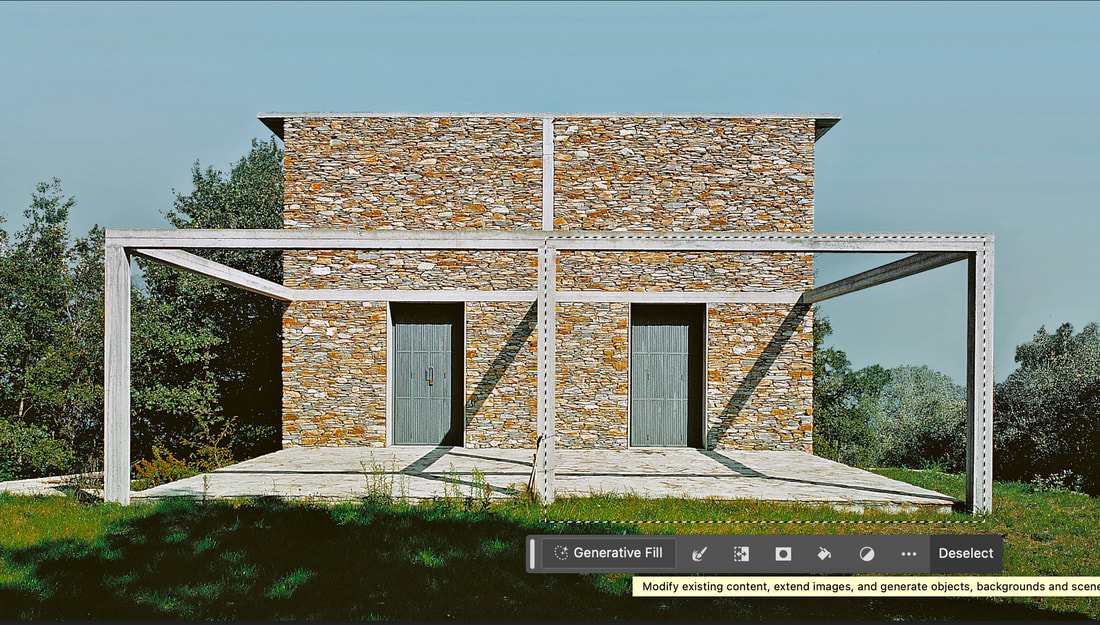

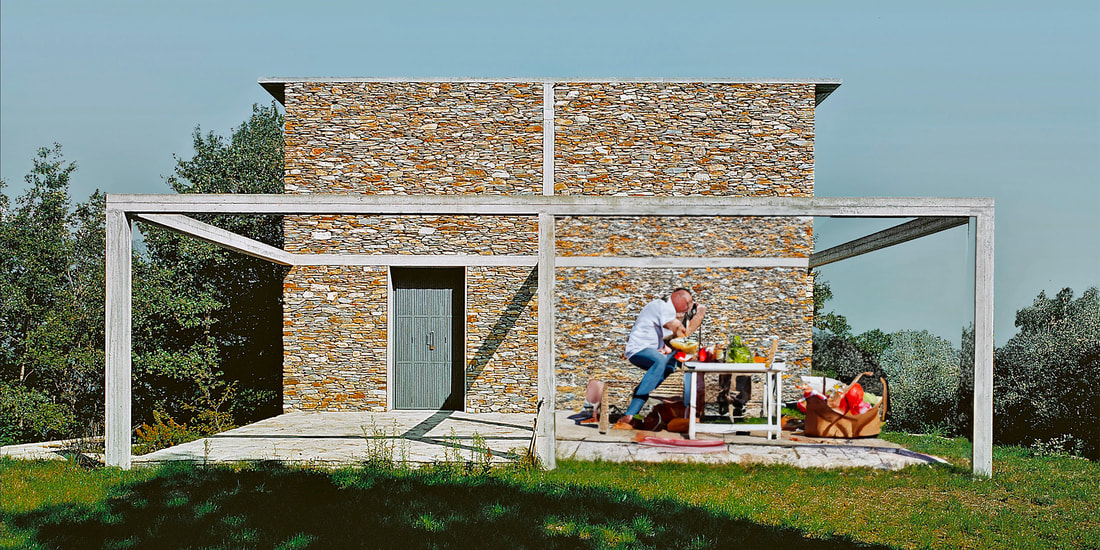
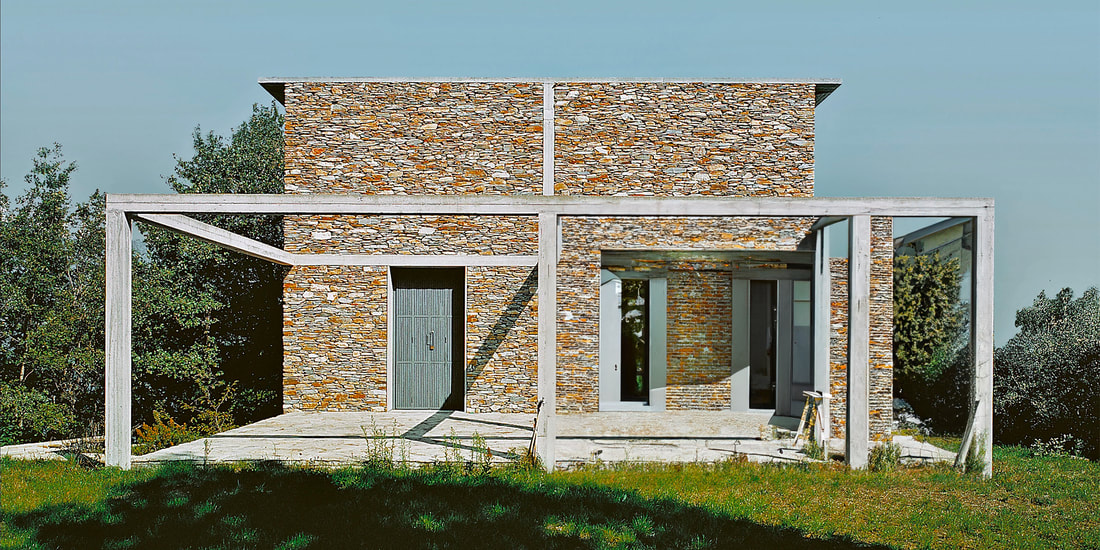
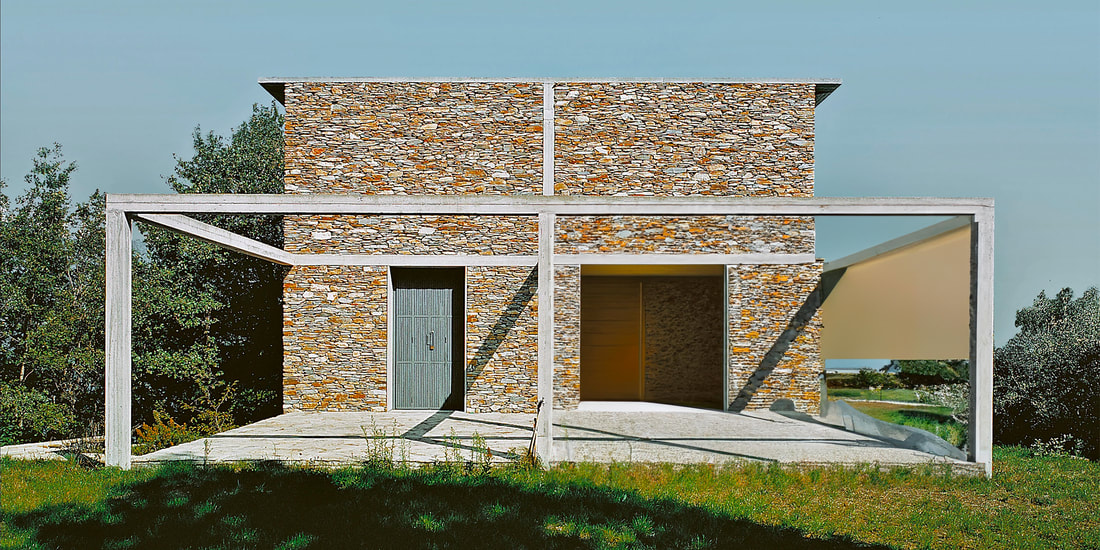
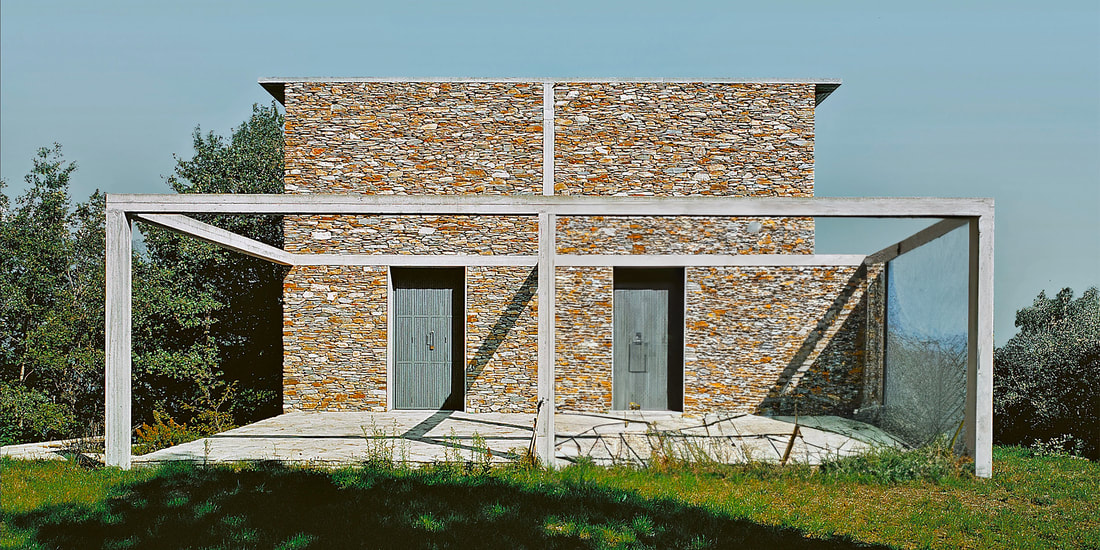
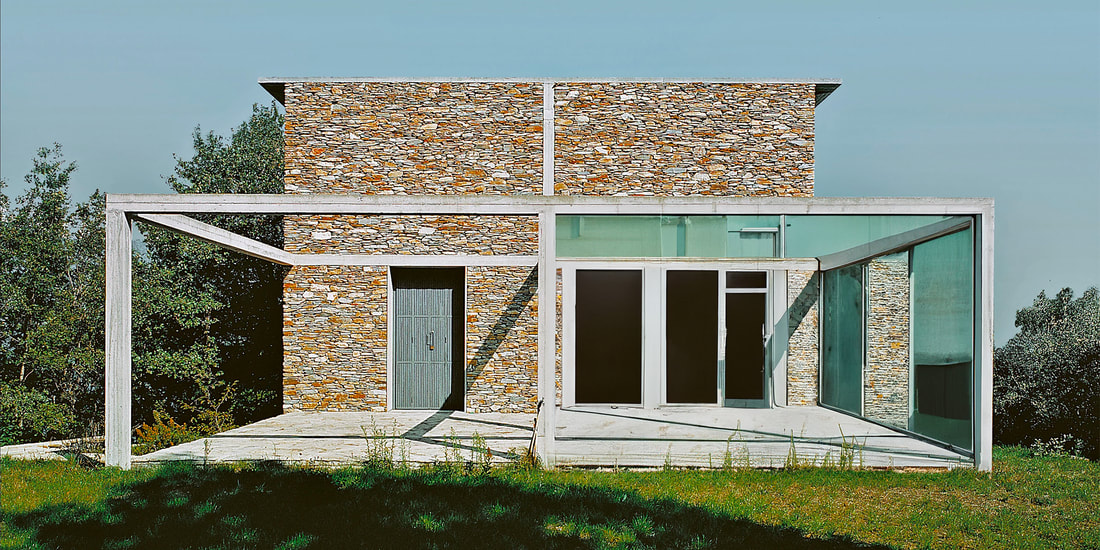
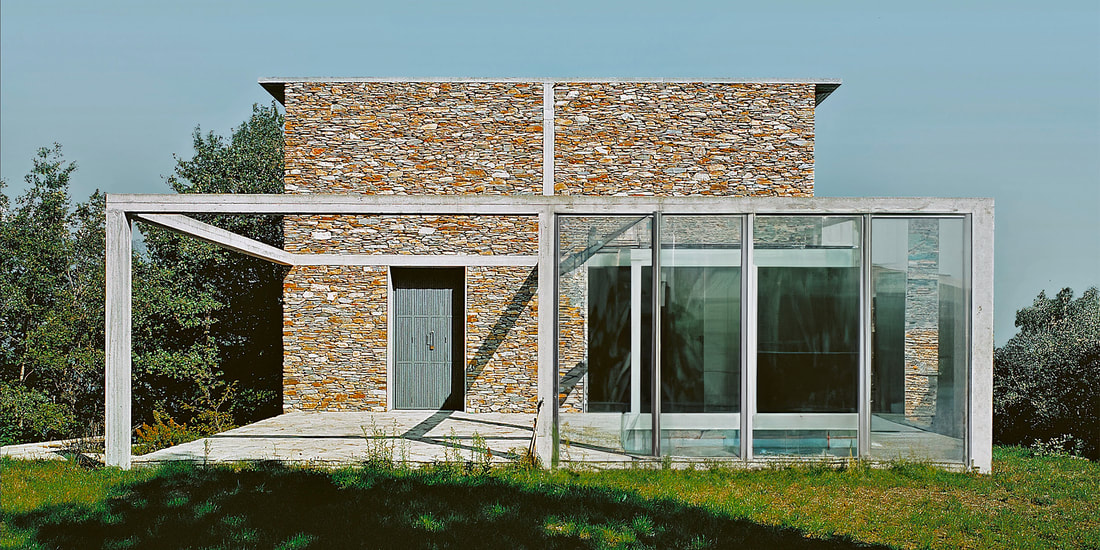
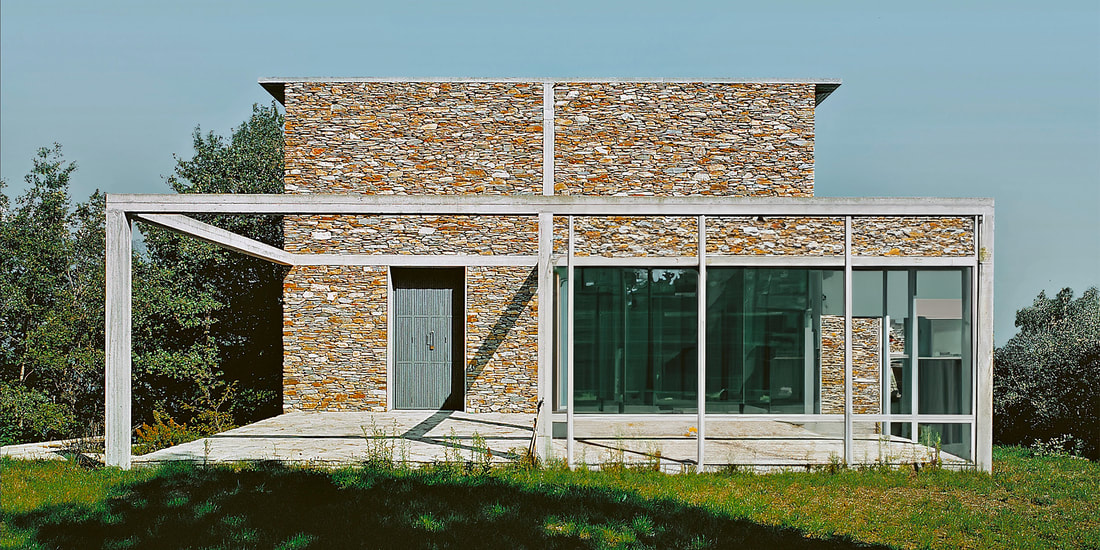
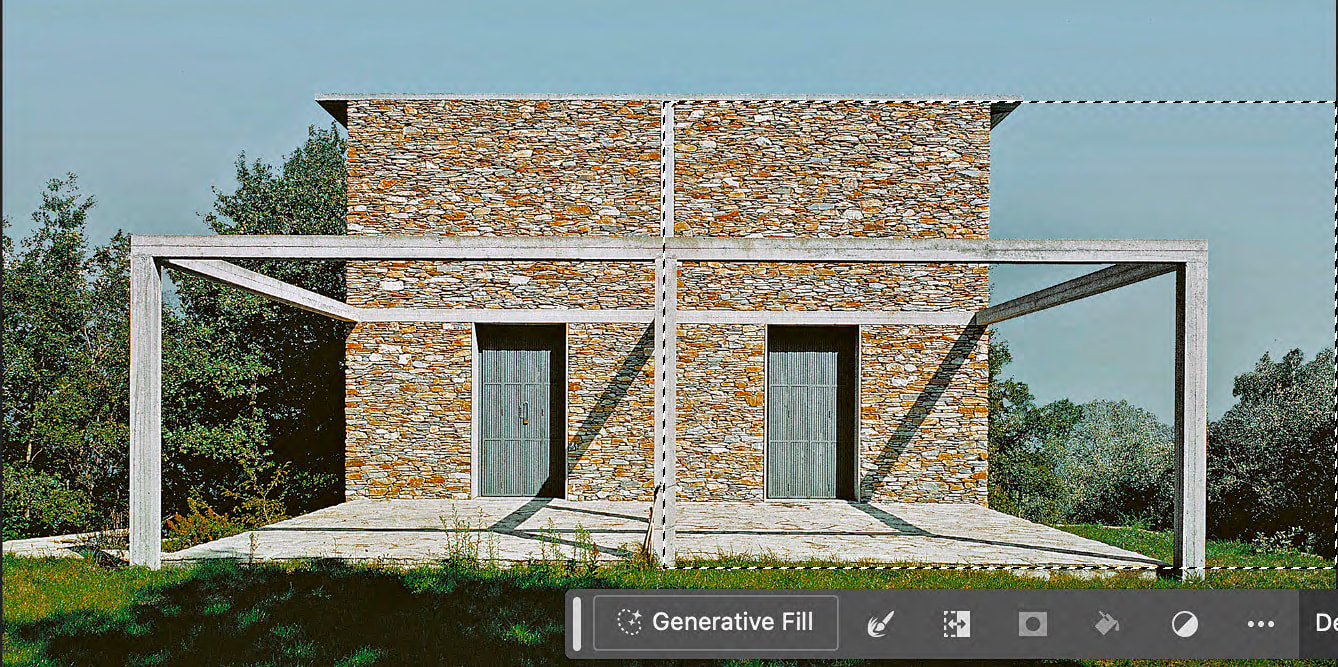
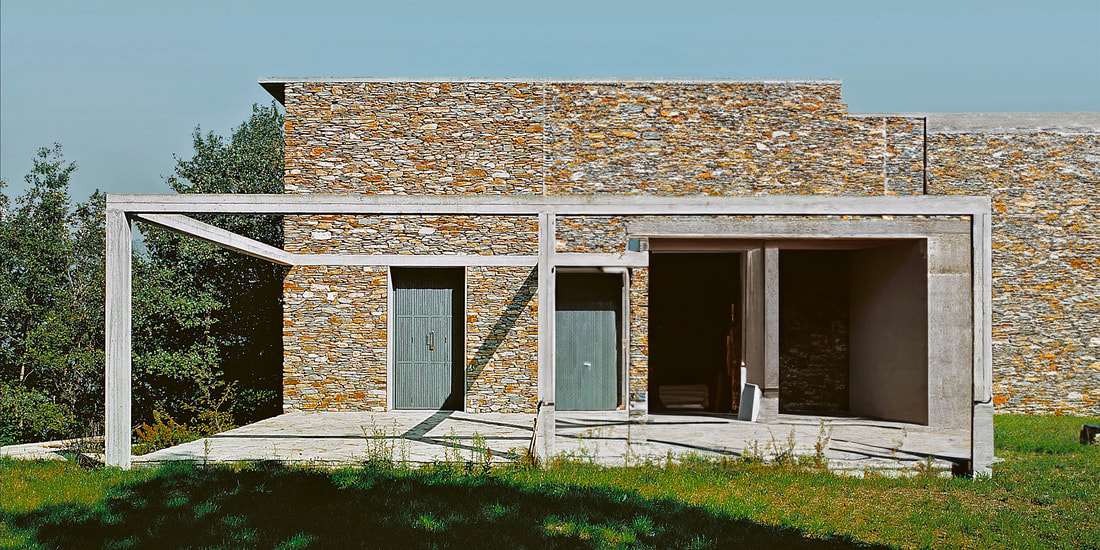
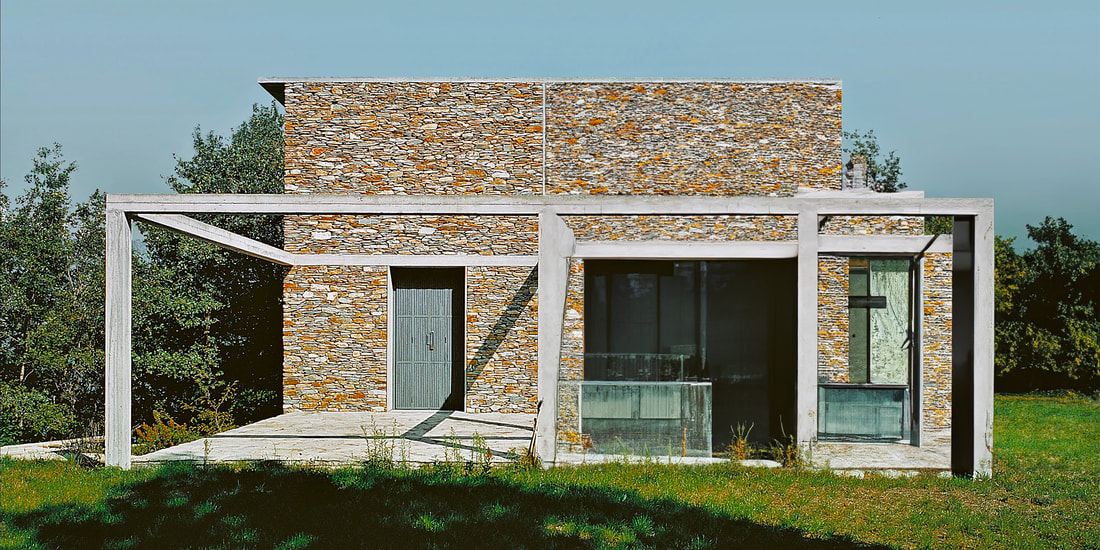

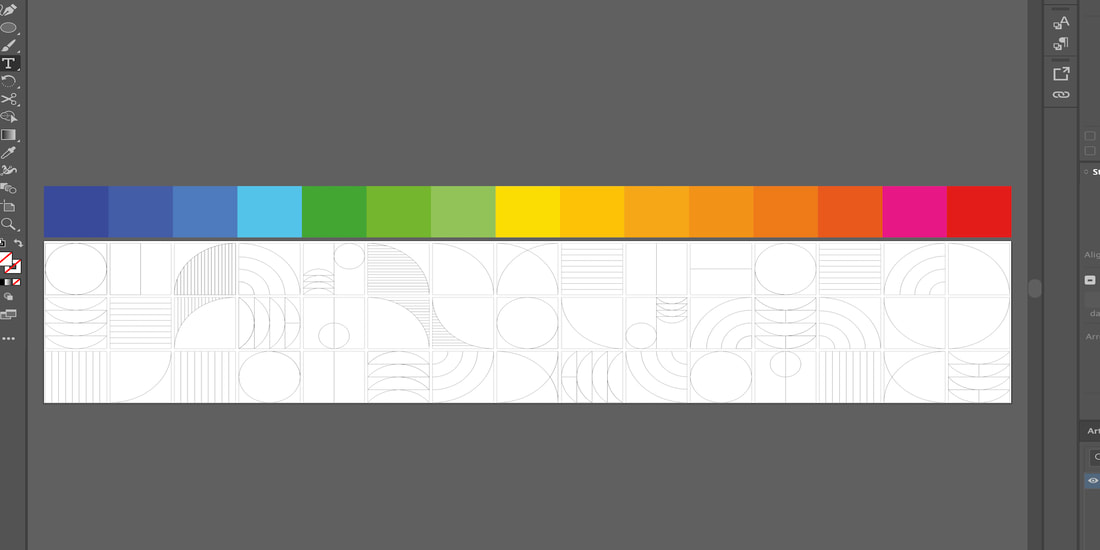
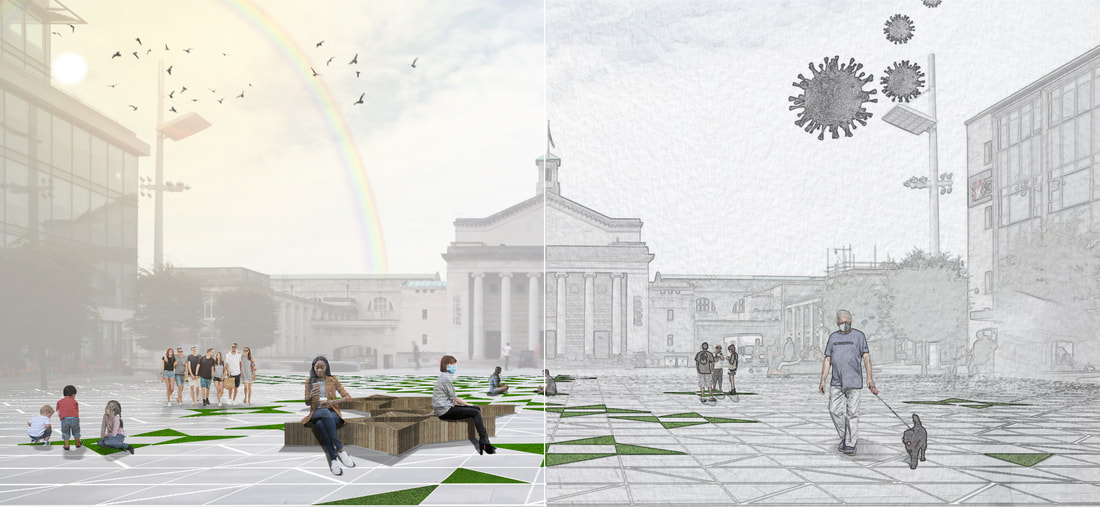
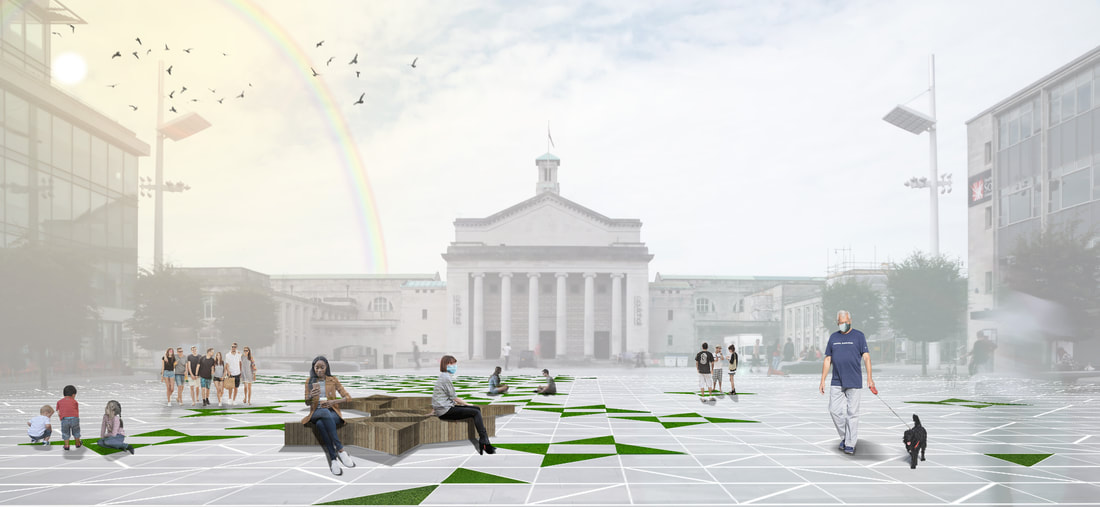
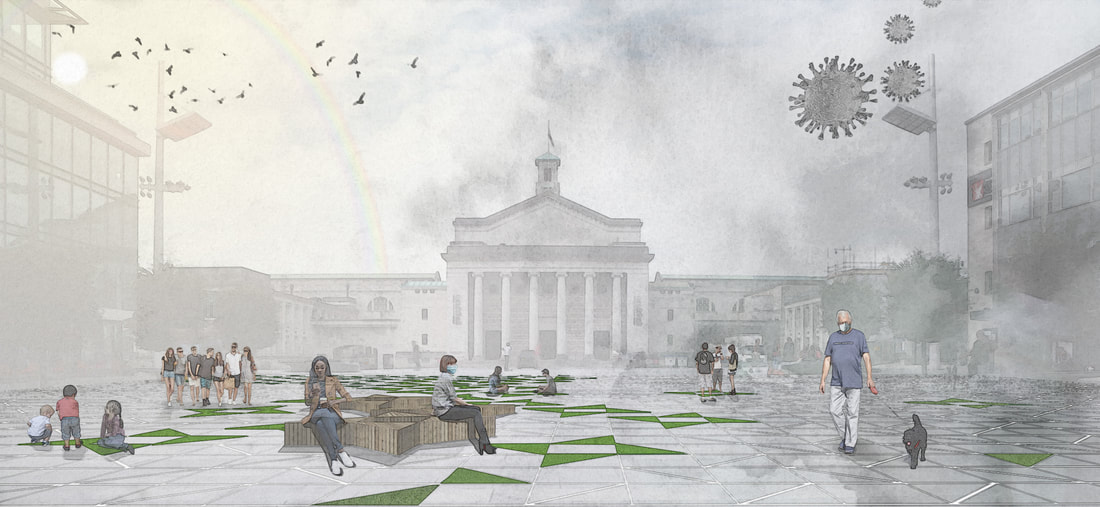
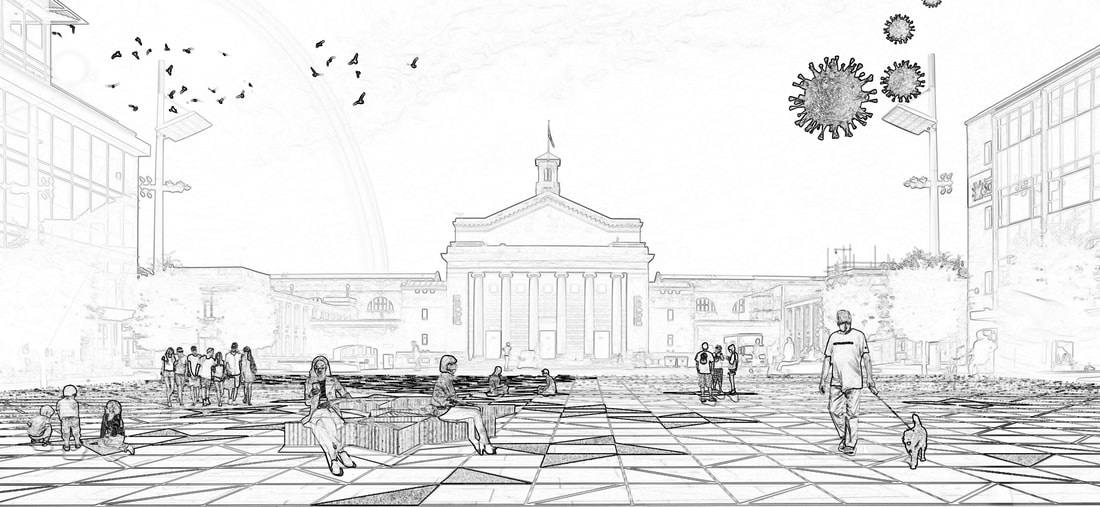
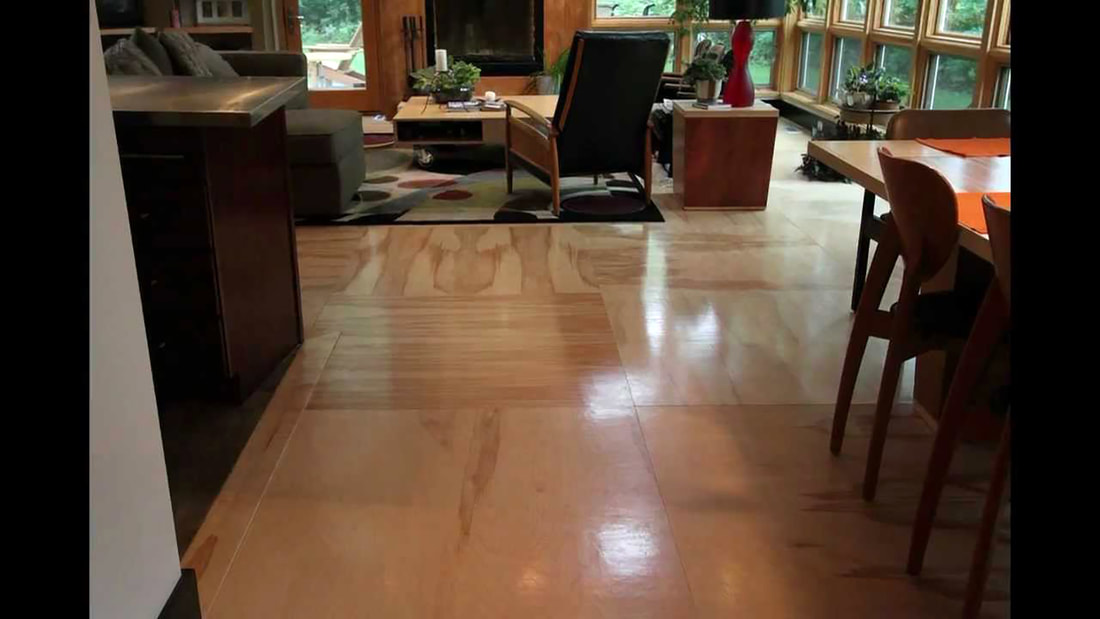
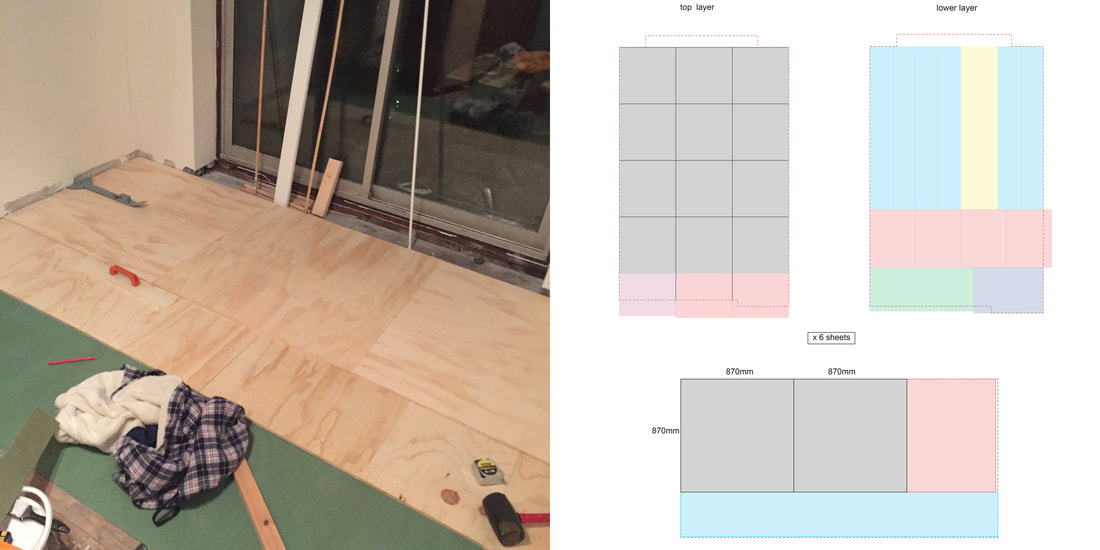
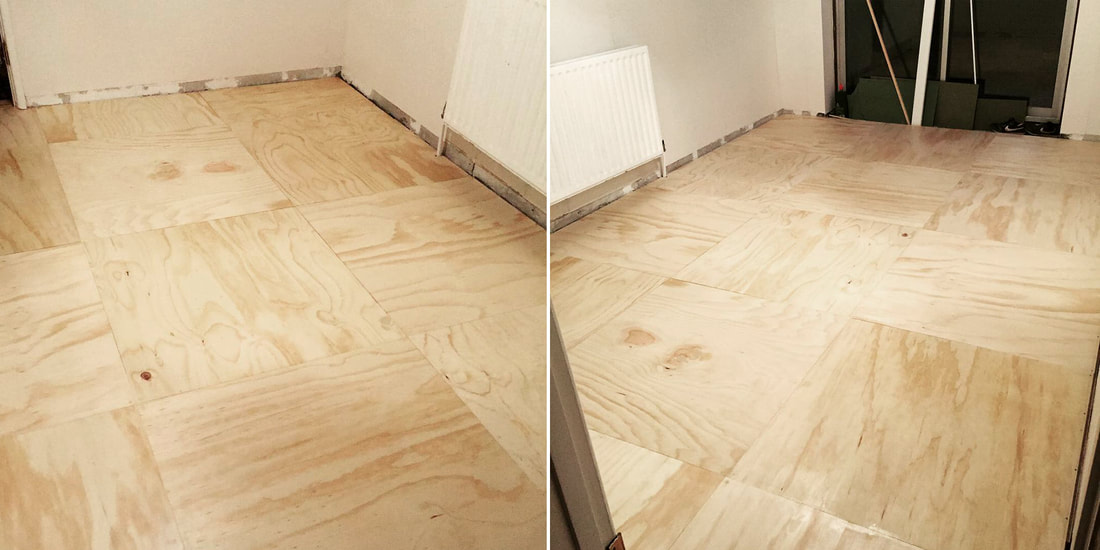
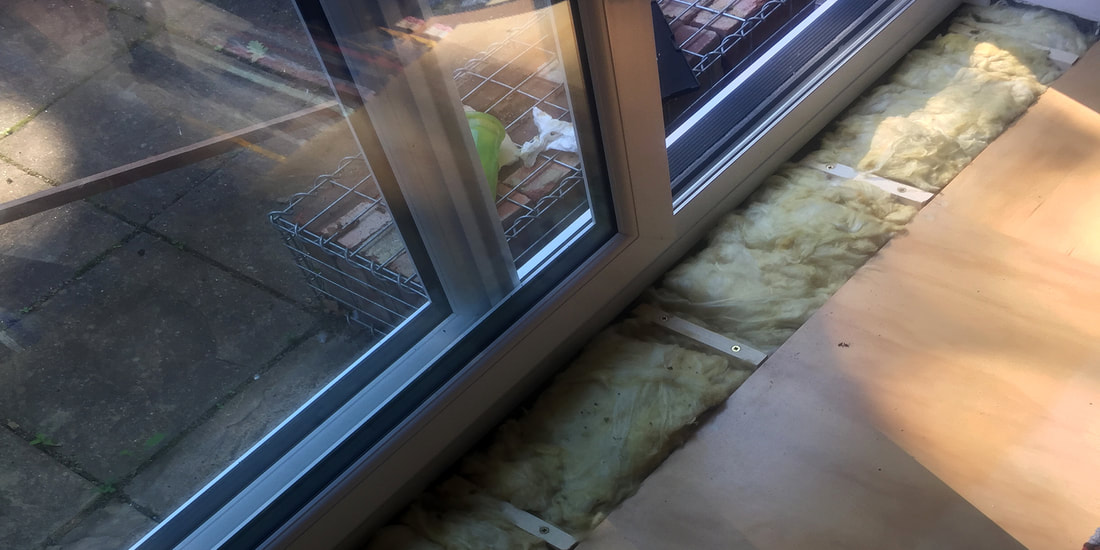
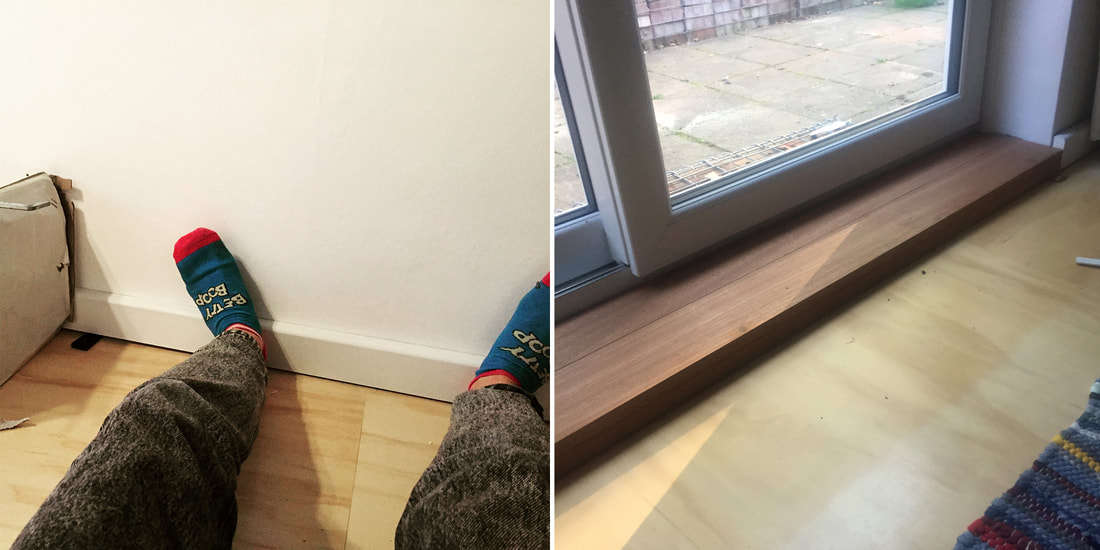
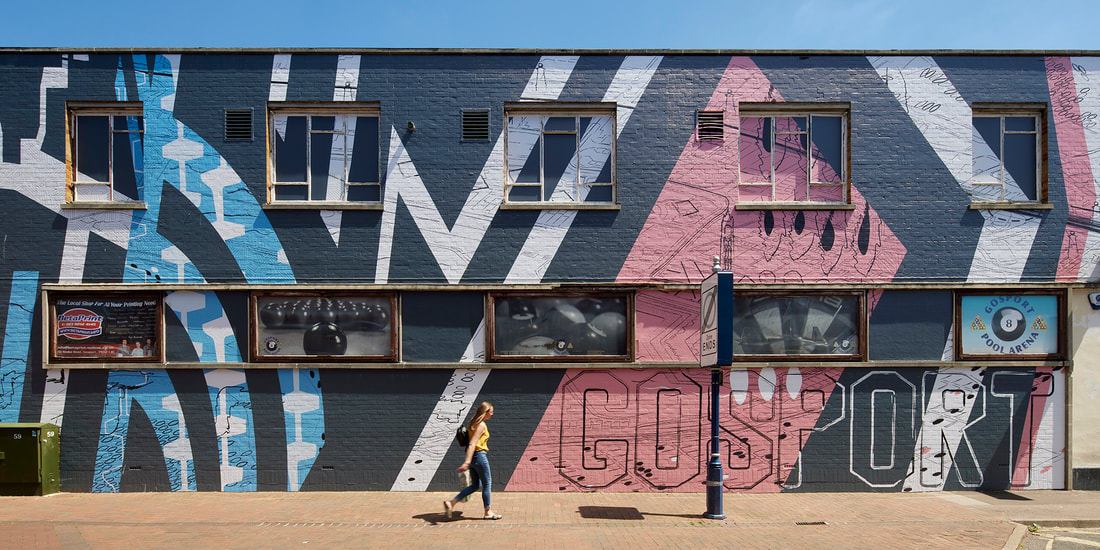
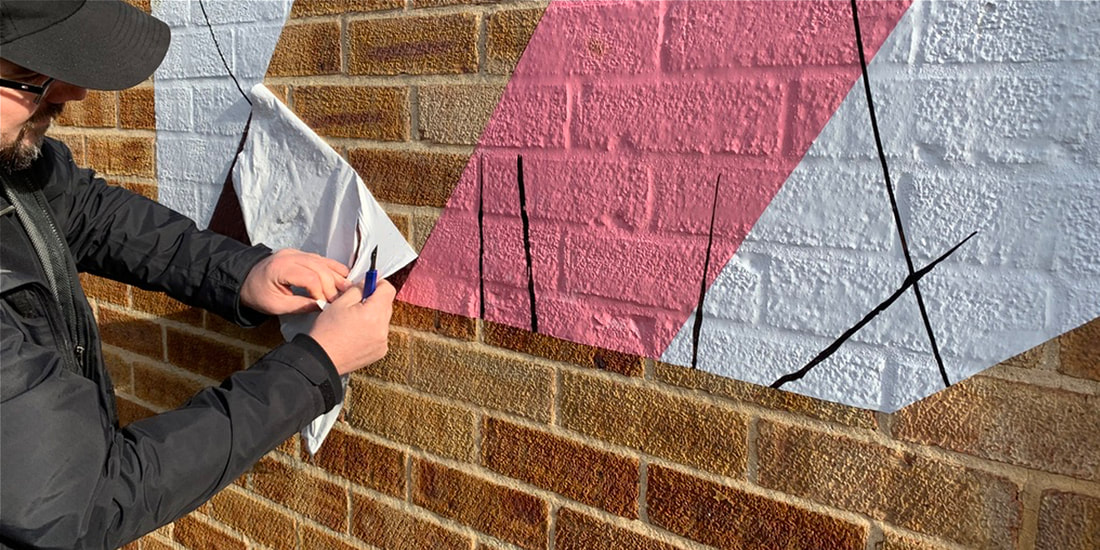
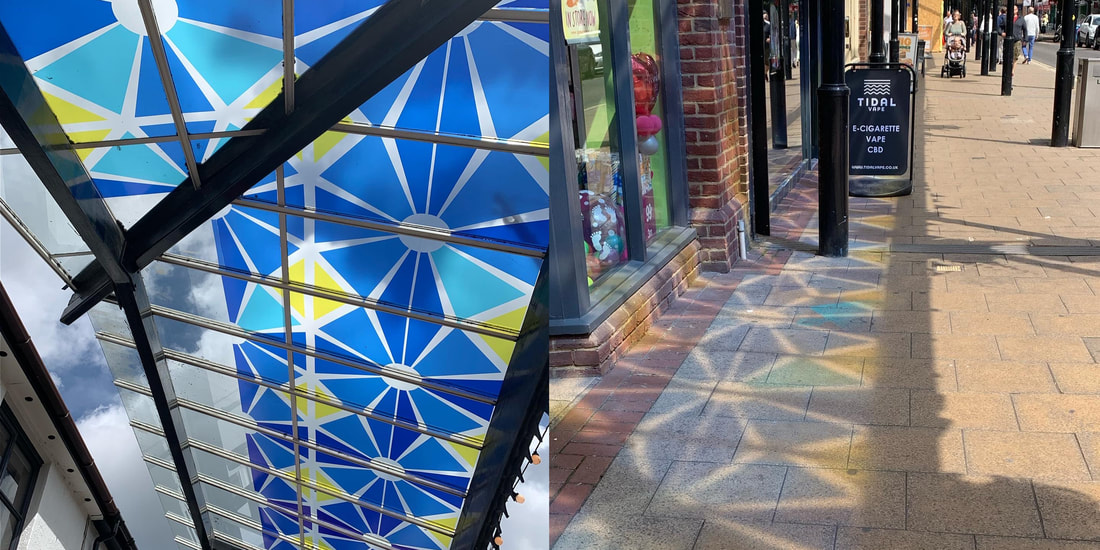
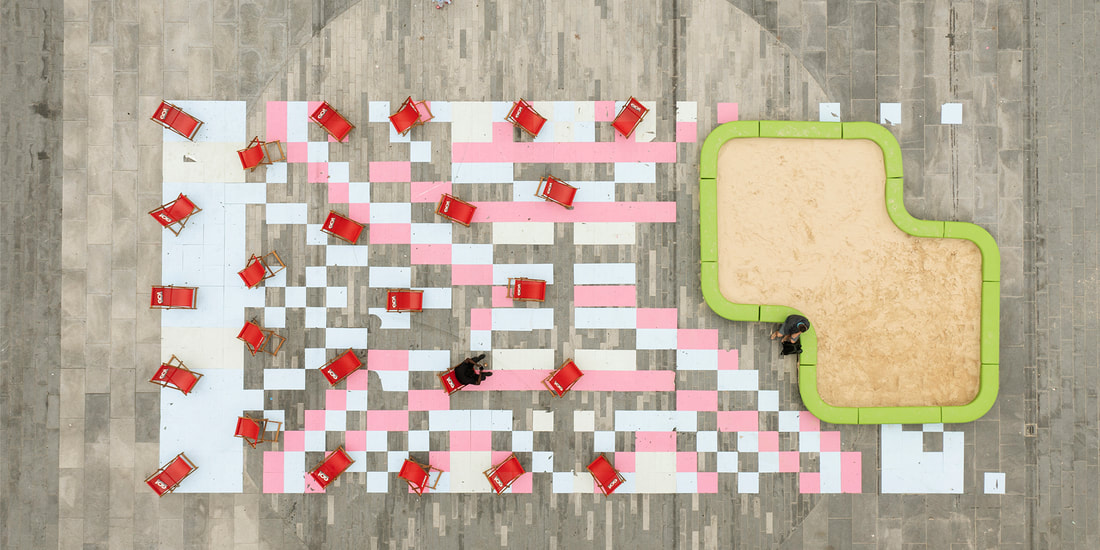
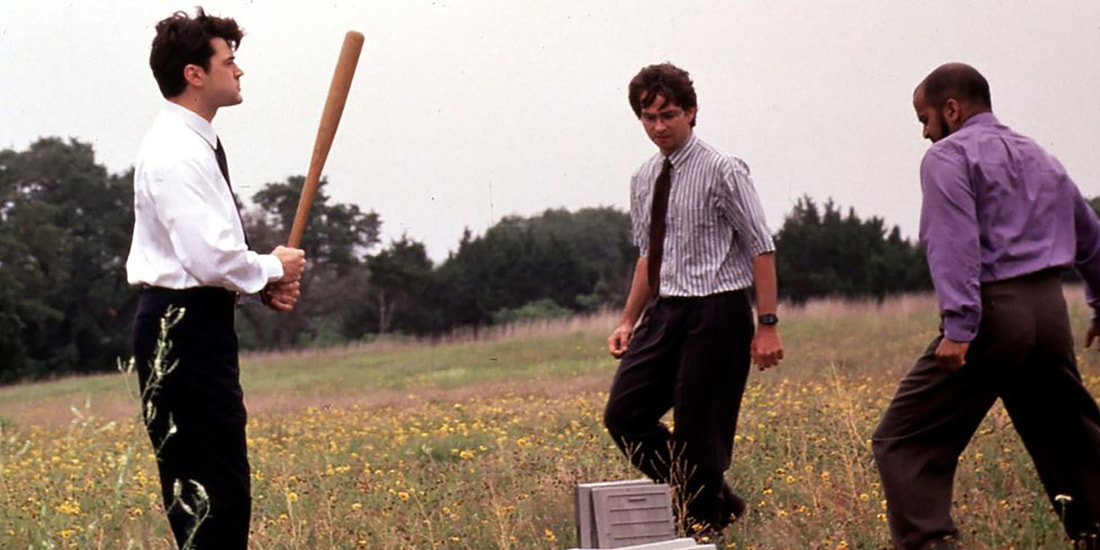
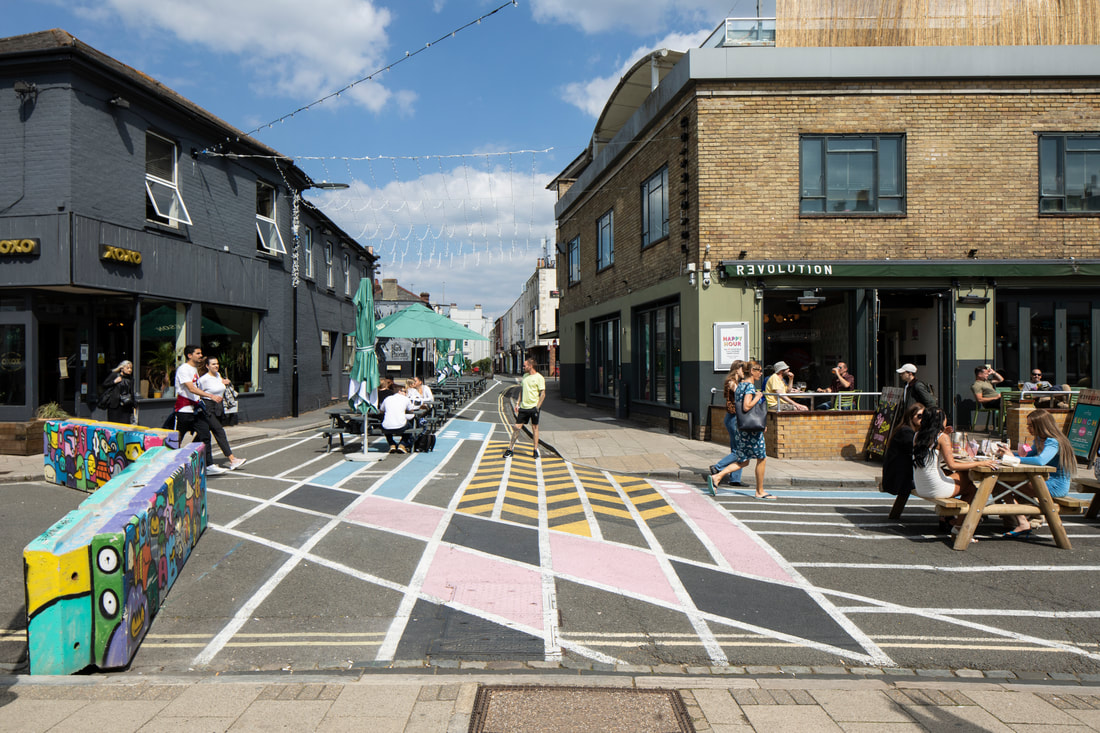
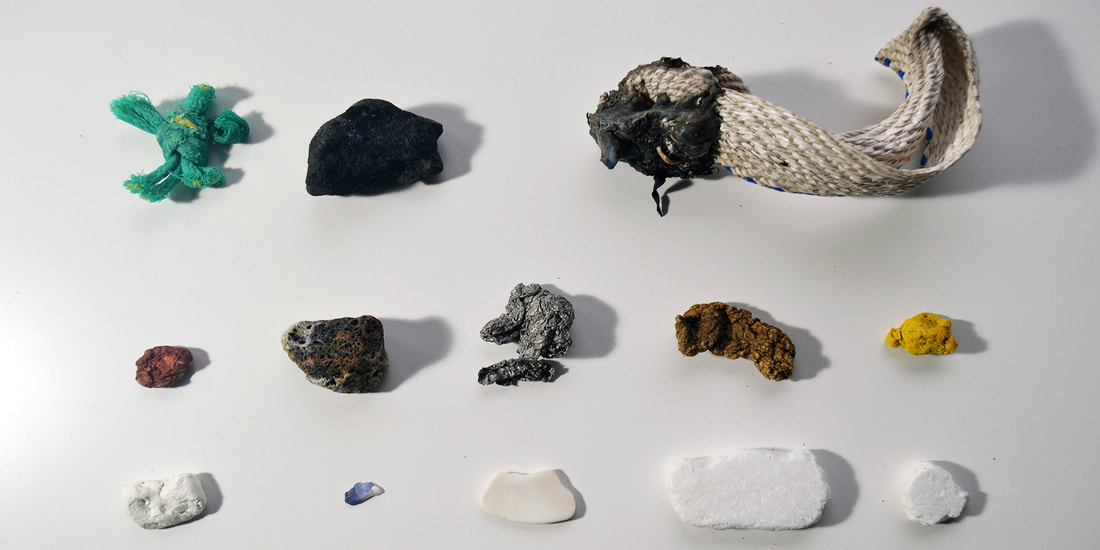
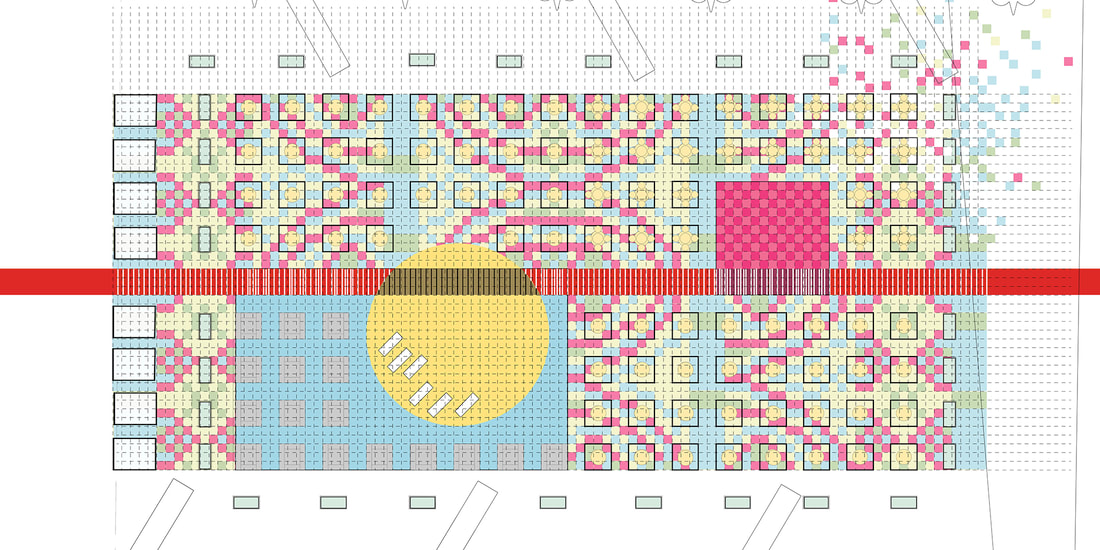
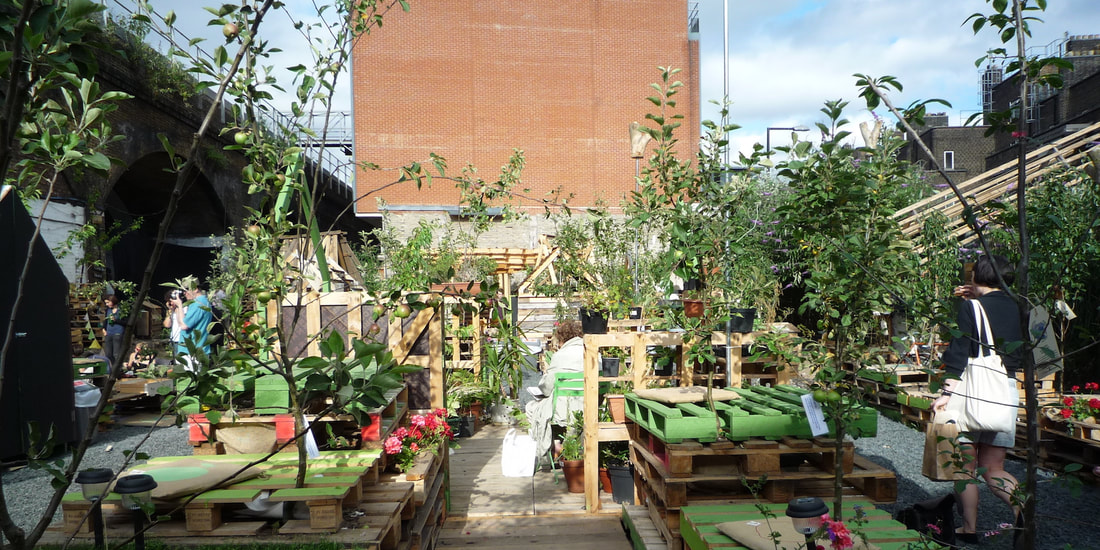
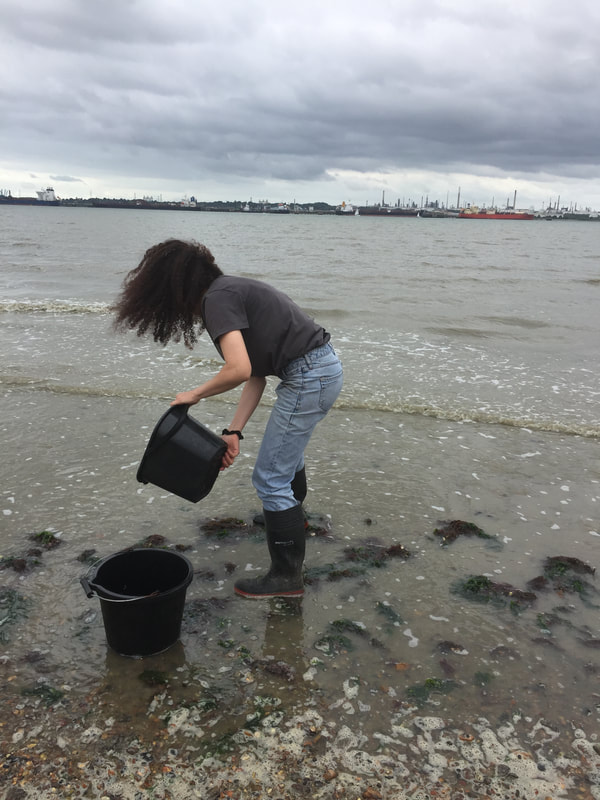

 RSS Feed
RSS Feed